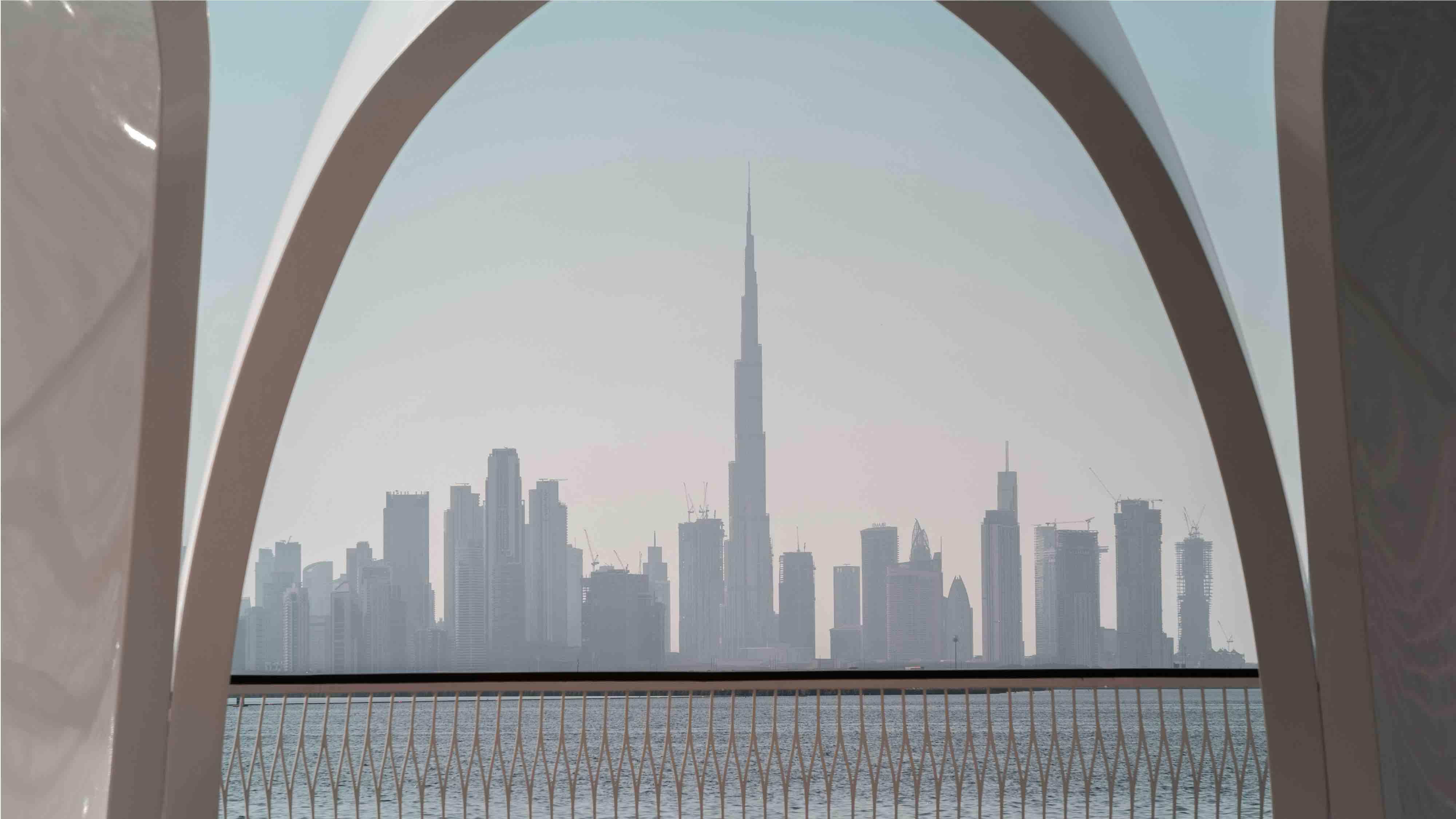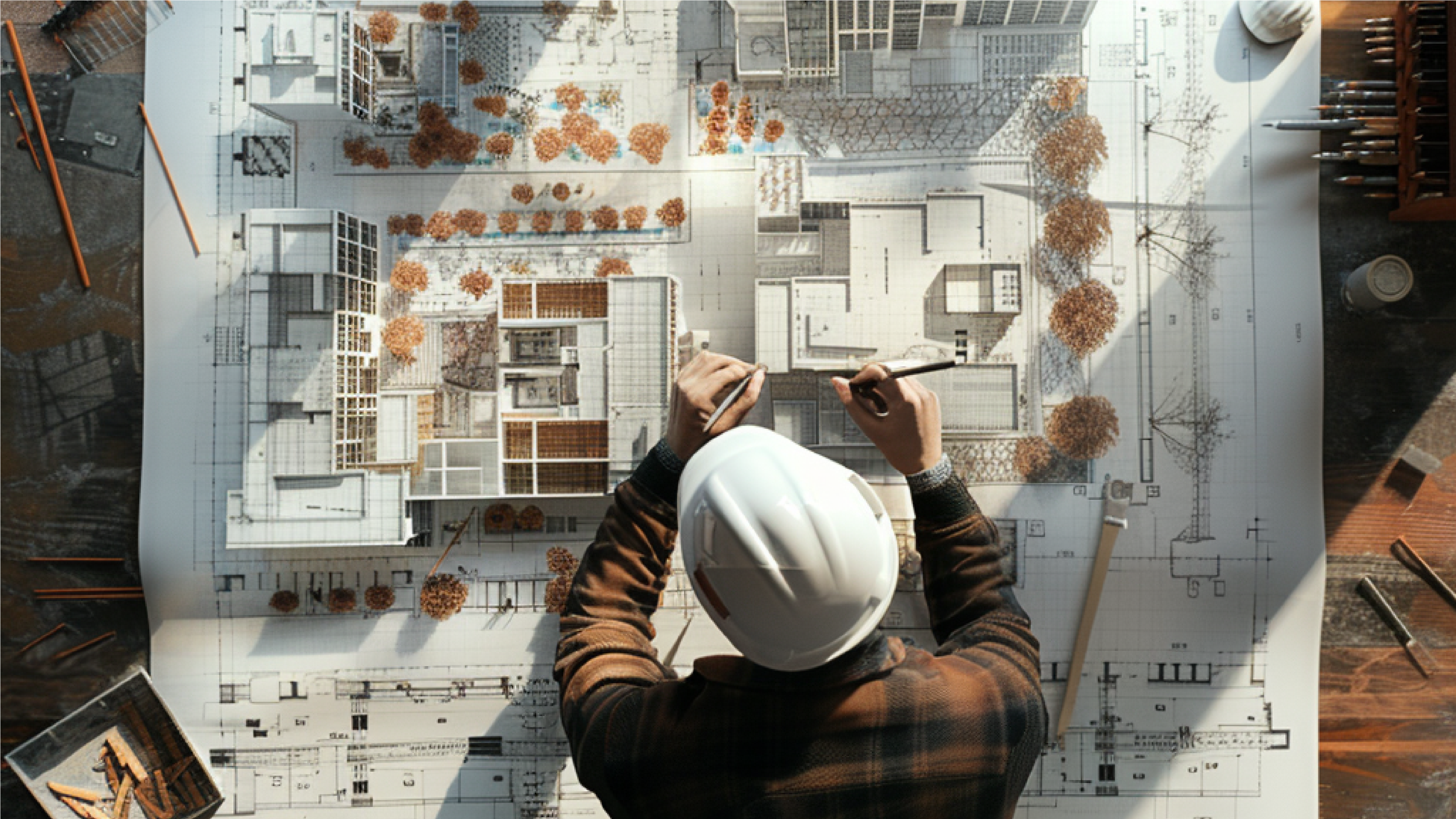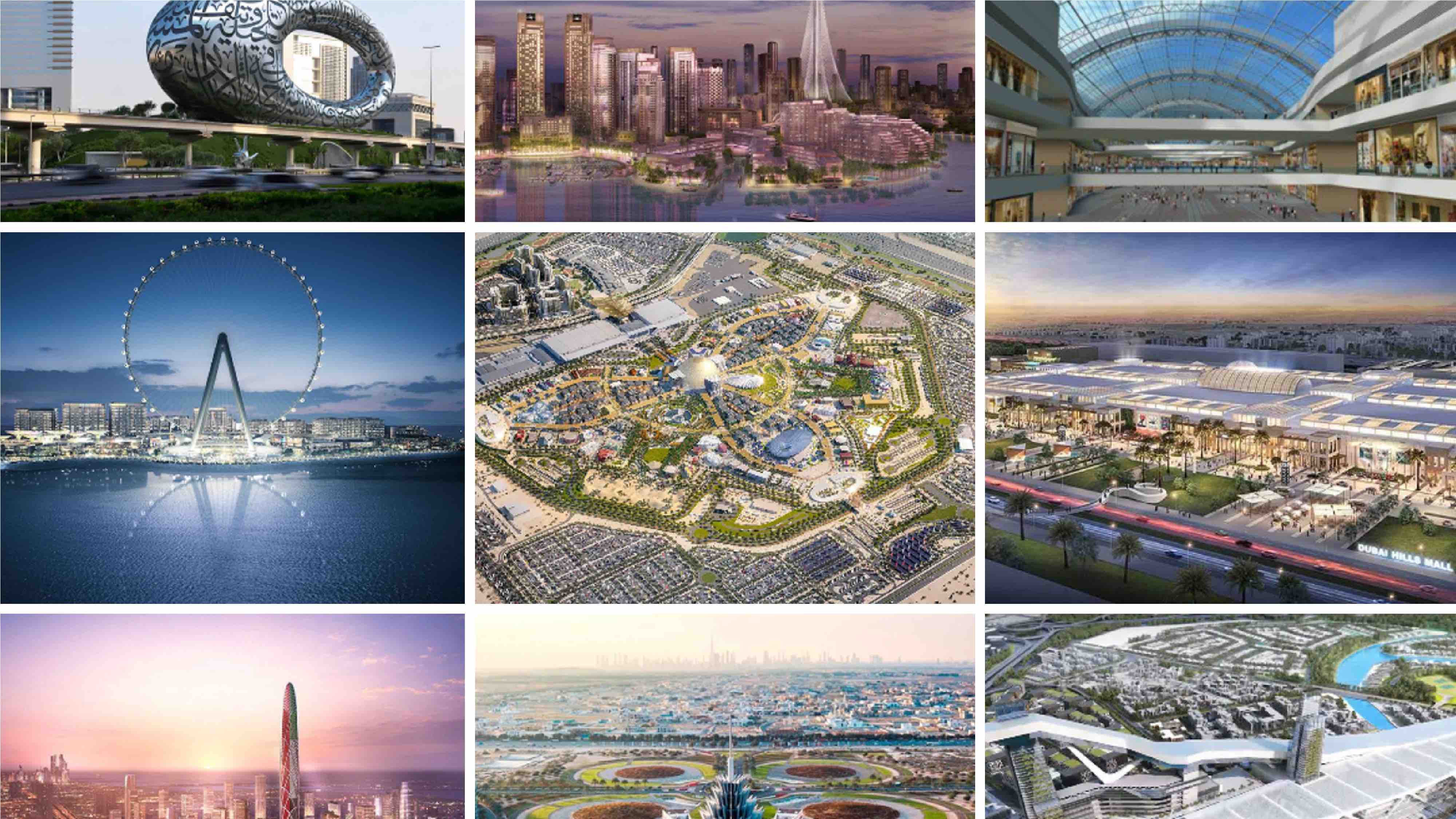From Vision to Reality: Best Practices & Emerging Trends for Architecture Firms in Dubai and the UAE

The Architectural, Engineering, and Construction (AEC) industry plays a pivotal role in shaping our world—designing, planning, constructing, and maintaining the built environment. Architecture firms in Dubai and across the UAE have been at the forefront of adopting cutting-edge strategies, sustainability initiatives, and innovative technologies. In this blog, we’ll explore both the existing and the emerging trends that are driving the success of architecture firms in the UAE as they bring bold visions to life—now and in the near future.
With new trends—ranging from AI-driven design and net-positive buildings to digital twins and resilient, climate-adaptive architectures—the industry is set to break new ground as we approach 2025.
AEC Trends in the UAE: Innovation, Growth, and Mega Projects
Dubai’s AEC industry is renowned for its visionary leadership and ambitious projects, such as metro lines, airport expansions, and the iconic Expo 2020 site. These large-scale developments reflect the UAE’s commitment to pushing boundaries in construction and engineering.
Current trends among architecture firms in Dubai and the UAE as a whole include:
- Sustainability Initiatives
- Cutting-Edge Technological Integration
- Enhanced Safety & Waste Management
- Balancing Heritage with Modern Aesthetics
Sustainability: A Key Driver for Architecture Firms in Dubai
Sustainability has become a top priority for architecture firms in the UAE, guiding the industry toward green building practices, waste management, and energy efficiency. Here are some core sustainability measures influencing design and construction:
- Green Building Practices: Emphasizing eco-friendly materials and reduced environmental impact.
- Circular Economy: Focus on construction and demolition waste management to reduce the industry’s carbon footprint.
- Technological Advancements: Integration of Lean Manufacturing (LM), Value Engineering (VE), and Big Data Analytics (BDA) into maturity frameworks for greater productivity and lower resource wastage.
- Automation & BIM: Use of Building Information Modeling (BIM) and generative design to streamline processes, reduce errors, and improve both sustainability and fire safety engineering.
- 3D Printing & Digital Manufacturing: Transforming construction engineering through innovative projects, such as the Museum of the Future in Dubai.
By leveraging these strategies, top architecture firms in Dubai are creating environmentally responsible structures that meet global sustainability standards.
Safety & Waste Management: Cornerstones of AEC Success

Safety and waste management go hand in hand in promoting responsible and efficient building practices. In Dubai, government regulations and industry leaders encourage:
- Collaborative Cultures: Reducing blame cultures to foster innovation and waste prevention.
- Containment of Construction Materials: Ensuring minimal environmental harm and controlling exposure to potentially hazardous substances.
- Improved Labor Standards: Implementing accident prevention measures, optimizing construction timelines, and adopting Construction 4.0 technologies for a safer workplace.
By prioritizing safety and waste management, architecture firms in the UAE protect both their workforce and the environment, setting new industry benchmarks for responsible development.
Balancing Heritage & Modern Aesthetics

Dubai’s skyline is synonymous with luxury and opulence, featuring branded residences and lavish real estate developments. Yet, architecture firms in Dubai also strive to preserve and re-imagine iconic Emirati structures—like wind towers and traditional villas—to maintain cultural identity amidst rapid urban growth.
- Cultural Preservation: Showcasing the city’s unique heritage and offering a sense of continuity for residents.
- Modern Integration: Blending traditional motifs with contemporary aesthetics to create timeless, innovative architectural designs.
This balanced approach highlights the importance of incorporating both new-world grandeur and traditional heritage to shape an urban fabric that resonates with Dubai’s unique cultural identity.
Embracing Resilience & Innovation in Architecture
Architecture firms in the UAE must stay resilient and prepared for unforeseen challenges. Recent global events, from economic shifts to pandemics, have underscored the need for:
- Agile Project Management: Flexibility in design and construction processes to quickly adapt to new regulations or market demands.
- Cutting-Edge Technology: Integration of digital tools, collaborative platforms, and advanced modeling software.
- Creative Collaboration: Encouraging knowledge-sharing and community engagement to inspire sustainable, future-focused architecture.
These factors equip architecture firms in Dubai with the resilience necessary to thrive in an ever-evolving industry.
2025 and Beyond: Emerging Trends in Dubai’s Architecture Sector
As the AEC industry continues to evolve, architecture firms in the UAE are exploring advanced methodologies, materials, and design philosophies that reflect new global realities. Below are the upcoming trends to watch:
1. AI-Driven Design and Planning
- Generative AI Tools: Rapidly generate multiple design iterations, optimizing everything from spatial layout to material choices.
- Predictive Maintenance: Using AI to forecast building maintenance needs, reducing operational costs and enhancing safety.
Why it matters:
AI significantly speeds up the design and decision-making process, freeing architects to focus on creativity and innovation.
2. Beyond Net-Zero: Net-Positive Buildings
- Energy Surplus: Aiming to produce more energy than a building consumes.
- Innovative Materials: Incorporating bio-based composites or phase-change materials for lower embodied carbon and enhanced performance.
Why it matters:
Net-positive buildings align perfectly with the UAE’s environmental goals, showcasing leadership in sustainable construction.
3. Health and Wellness-Focused Architecture
- Biophilic Design: Integrating nature into buildings through living walls, indoor gardens, and natural light.
- WELL Certification: Emphasizing air quality, water filtration, and fitness-friendly spaces for occupant well-being.
Why it matters:
Post-pandemic design trends highlight health and wellness as essential factors for high-performing and marketable real estate.
4. Circular Construction and Reuse
- Material Banking: Tracking the lifecycle of construction materials for future reuse.
- Modular & Prefab Methods: Accelerating build times while reducing waste—key for the UAE’s circular economy initiatives.
Why it matters:
Circular construction promotes resource efficiency and sustainability, reinforcing Dubai’s eco-conscious ambitions.
5. Next-Gen Digital Twins and IoT Integration
- Live Building Data: Real-time sensors monitor energy use, air quality, and occupancy.
- Immersive 3D Platforms: Digital twins provide accurate, dynamic replicas for facility management and data-driven decisions.
Why it matters:
Continuous monitoring and virtual modeling help architecture firms in Dubai optimize building performance throughout its lifecycle.
6. Community-Focused Mixed-Use Developments
- 15-Minute Neighborhoods: Combining residential, commercial, and recreational spaces for walkable, community-centric designs.
- Public-Private Partnerships: Collaborations between developers, government agencies, and local communities to cater to diverse lifestyles.
Why it matters:
Dubai’s urban strategy favors inclusive and vibrant neighborhoods, supporting a higher quality of life and attracting global talent.
7. Resilient, Climate-Adaptive Designs
- Adaptive Facades: Smart building envelopes responsive to light, temperature, and humidity.
- Desert Ecology Integration: Using local flora and traditional cooling methods to reduce energy consumption and embrace Emirati heritage.
Why it matters:
As climate extremes persist, buildings in Dubai must endure and adapt, ensuring comfort and efficiency while reflecting local culture.
Shaping the Future of Architecture in Dubai and the UAE
Architecture firms in Dubai and UAE are leading the global stage in sustainable development, technological innovation, and cultural preservation. With new trends—ranging from AI-driven design and net-positive buildings to digital twins and resilient, climate-adaptive architectures—the industry is set to break new ground as we approach 2025.
By blending visionary leadership with robust sustainability measures, safety protocols, and heritage preservation, these firms continue to turn bold visions into reality. As the AEC sector moves forward, it remains crucial for architects, engineers, and construction professionals to stay agile, creative, and collaborative—ultimately shaping a built environment that is safe, sustainable, and culturally vibrant for future generations.
SharpMinds Consulting Engineers
Our founding senior leadership team has over 50 years of cumulative experience in design and project delivery, providing hands-on consultancy services across healthcare, commercial, residential, and urban development sectors.



